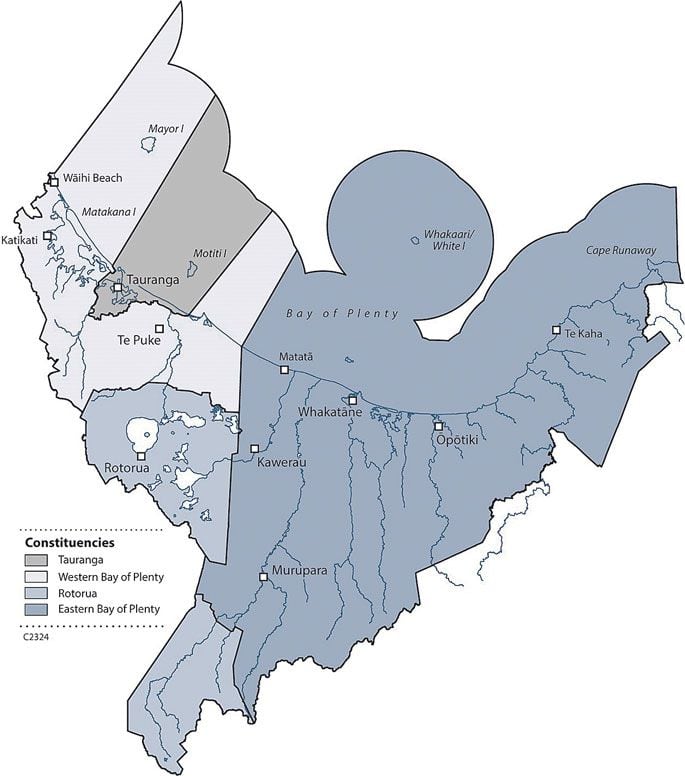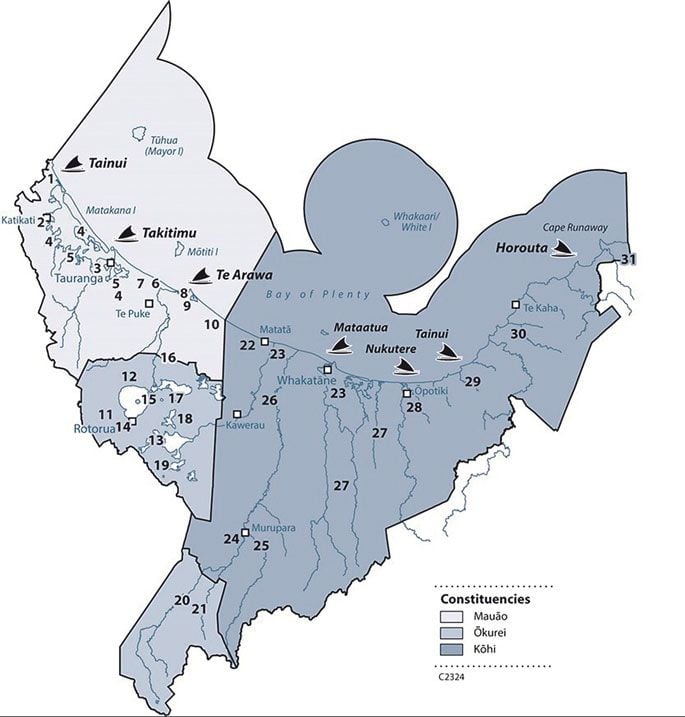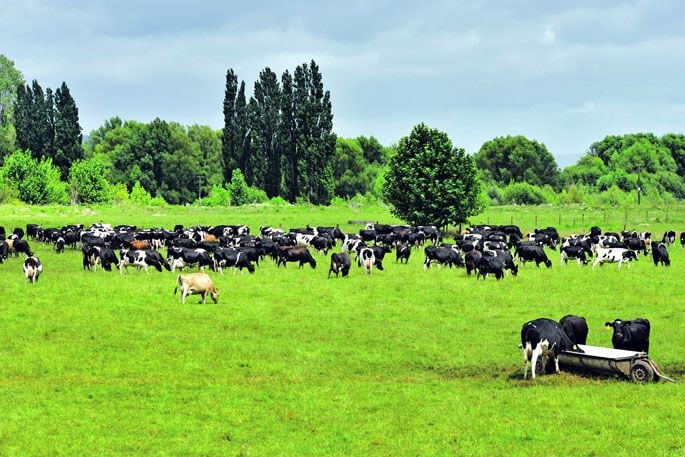Some Rangitāiki Plains farmers are paying as much as $150,000 in targeted rates to the Bay of Plenty Regional Council, but feel they’re not getting a fair representation at the council table.
This was among the points made in a Federated Farmers’ submission on a representation review, with the organisation pushing for the regional council to increase the number of councillors in the Eastern Bay constituency.
The regional council voted on Tuesday to stick with the status quo of three of the 14 councillors - two general and one Māori - from constituencies in the Eastern Bay, despite five of the 29 submissions asking for greater representation for the sub-region, including Federated Farmers and Trust Horizon.
Federated Farmers senior policy adviser Jesse Brennan was the only speaker at the hearing.
The submission asked for one extra Eastern Bay constituency councillor, bringing the number to three, and one less Tauranga councillor, dropping the number from five to four.
She says over a quarter of the council’s rates came from the Eastern Bay, and it make up the majority of the region, geographically.
The targeted rates for the Eastern Bay river schemes alone totalled more than $14 million.
The submission says a residential rating unit in Central Tauranga paid about $560 in regional council rates.
“One farmer on the Rangitaiki Plains pays $150,000 on targeted rates for the rivers and drainage schemes alone. We’ve got other examples of people paying similar sums. I acknowledge that there are benefits that the farmers and wider communities get out of these schemes but there’s a wider public good,” says Jesse.
Many farmers located in the Eastern Bay constituency feel as if decisions that may impact their farming operations and rural communities are being made by people who might not fully understand what happens at a practical level on their farms, she says.

Constituency maps show that Eastern Bay makes up 62 percent of the Bay of Plenty Regional Council area. Maps courtesy of Bay of Plenty Regional Council.
Western Bay-based councillor Ken Shirley says greater numbers of councillors from the Eastern Bay will not necessarily guarantee someone with a better understanding of farming.
“You could get a townie who has no understanding of farming whatsoever coming out of the Eastern Bay,” he says.
Tauranga-based councillor Stuart Crosby says rates collection was only one metric, but expenditure was another.
“Have you put much thought into what expenditure goes into the Eastern Bay?” he asked Ms Brennan.
Councils are bound by legal constraints to have even populations, plus or minus 10 percent, for representational areas, and workloads of councillors were also considered.
Crosby says the river schemes each have their own committees which adds to the local input to governance in the Eastern Bay.
Jesse says she fully supports the river scheme committees.
“The point we are trying to make with this submission is that we want to see [representation] across all levels through the breadth of all the activities that we have across the Bay of Plenty.”
The council’s governance manager Steve Groom says Tauranga is about 11 per cent underrepresented by population and the Federated Farmers proposal will bring it to about 30 per cent underrepresented.
“There are three regional councils, by my reckoning, that currently do that. Those only have one councillor in those seats. They’re much smaller regional councils.”
Eastern Bay councillor Malcolm Campbell acknowledged what his colleagues had said and that being on the regional council has been a learning curve for him.
“After 27 years of battling to get better representation in the east, I think we’ve come to a really good place here.”

Constituency maps show that Eastern Bay makes up 62 percent of the Bay of Plenty Regional Council area. Maps courtesy of Bay of Plenty Regional Council.
The Trust Horizon submission says the charitable organisation doesn’t consider representation by population a fair or equitable approach when considering the issues relevant to the region.
The submission included an information from the Ministry for the Environment which indicated issues were primarily production-based rather than consumption-based (population-based) and also “the sheer size of the Eastern Bay”.
Whakatāne District Council submitted in support of the current representation, stating the Eastern Bay needed three councillors as it made up 62 per cent of the region’s land area. However, the council’s submission shared concerns about what further population growth in Tauranga might have on future reviews.
The general constituency seats are: two Eastern Bay of Plenty elected members and Rotorua, two; Tauranga, five; Western Bay of Plenty, two. Māori constituencies: Mauao, 1; Kōhi 1, Ōkurei, 1.
LDR is local body journalism co-funded by RNZ and NZ On Air.




0 comments
Leave a Comment
You must be logged in to make a comment.